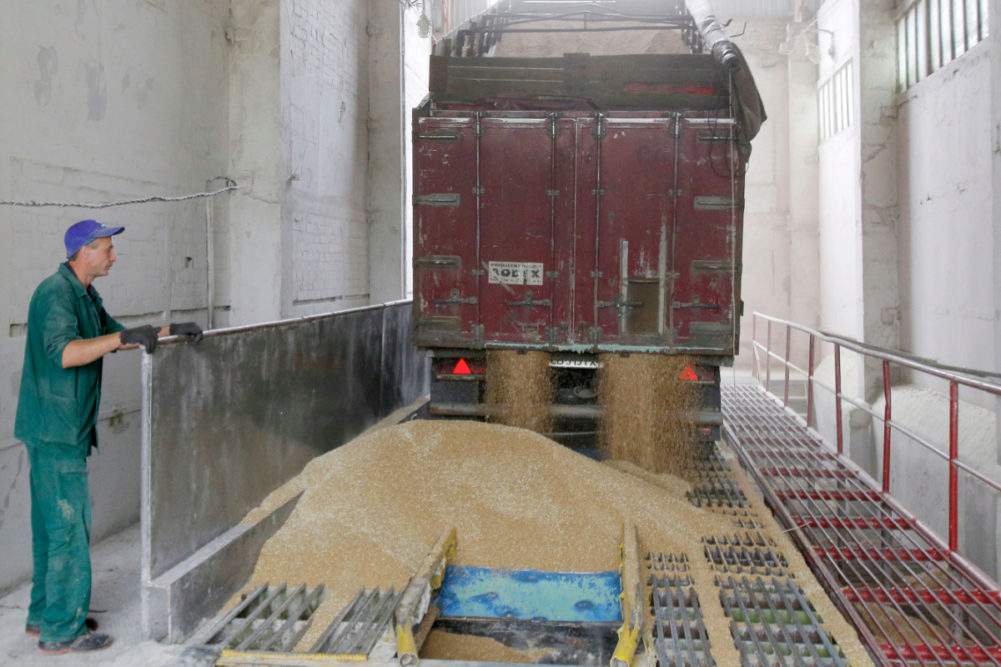ROME, ITALY — The United Nations’ Food and Agriculture Organization (FAO) Cereal Price Index in September increased by 2% from the previous month to 132.5, which is 27% higher than September 2020 when the index was at 104.
World wheat prices in September were up almost 4% — nearly 41% higher than a year earlier — due to tightening export availabilities amid strong demand.
World rice prices also rose in September, while corn prices increased by a moderate 0.3%, averaging 38% higher year-on-year as improved global crop prospects and the start of harvests in the United States and Ukraine largely countered the impact of hurricane-related port disruptions in the United States.
“Among major cereals, wheat will be the focus in the coming weeks as demand need to be tested against fast rising prices,” said Abdolreza Abbassian, a senior economist with the FAO.
The FAO Vegetable Oil Price Index was up 1.7% on the month — and up about 60% from September 2020 — as international palm oil prices reached 10-year highs due to robust global import demand and concerns over migrant labor shortages impacting production in Malaysia.
World rapeseed oil prices also appreciated markedly, while soy and sunflower oil quotations declined.
World cereal output in 2021 is seen on course to hit a record of 2.8 billion tonnes, but that is less than the anticipated consumption requirements in the 2021-22 marketing season, according to new projections in FAO’s latest Cereal Supply and Demand Brief.
The FAO now anticipates 776.7 million tonnes of wheat to be harvested in 2021, with expected higher yields in Eastern Europe and Australia offsetting weather and planting-driven output drops foreseen in Canada and the Russian Federation. The forecast for global production of coarse grains is now pegged at 1.5 billion tonnes, with global sorghum and barley harvests rising faster than that for corn. World rice production is foreseen at 50 million tonnes, a new record, primarily reflecting more buoyant expectations from India’s main crop.
At the same time, world cereal utilization in 2021-22 is now forecast at 2.81 billion tonnes, up 1.8% from the previous season, led by an anticipated significant increase in the use of wheat for livestock feed, a trend driven in part by high prices of coarse grains.
Consequently, the 2021-22 world cereal stocks-to-use ratio is expected to stand at 28.4%, down from 29.2% in the previous year, but still indicating an overall comfortable level.
The Cereal Supply and Demand Brief also includes the FAO’s latest forecast for 2021-22 world trade in cereals, which points to a 0.3% year-on-year contraction to 473.2 million tonnes, led mostly by lower volumes foreseen for barley and corn trade.
The FAO also said world food commodity prices rose in September, led by tightening supply conditions and robust demand for staples such as wheat and palm oil. The FAO Food Price Index averaged 130.0 points in September, up 1.2% from August and 32.8% higher than in September 2020. The index tracks monthly changes in the international prices of commonly traded food commodities.




